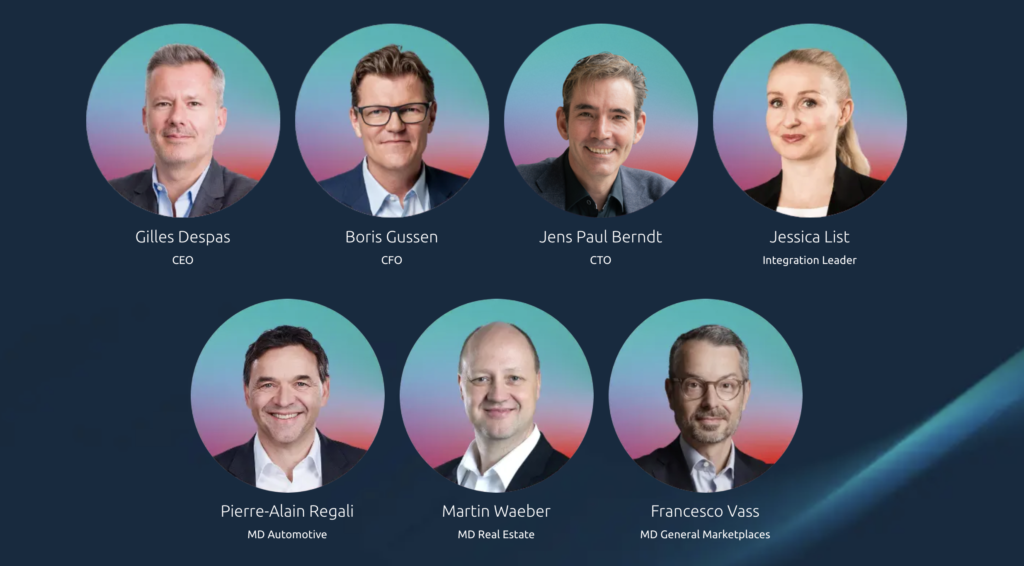Eine repräsentative Umfrage des Forschungsinstituts TX Group Market Research im Auftrag von AutoScout24 zeigt, wie die Generation Z (18–29 Jahre) zum Auto steht. Eigenes Auto statt Carsharing: Auch wenn die Gen Z als nachhaltig, digital und urban gilt, hat sie ein pragmatisches und durchaus emotionales Verhältnis zum Auto – mit klaren Abweichungen zu älteren Altersgruppen.
Von den befragten jungen Erwachsenen in der Deutschschweiz geben 82 Prozent an, selbst Auto zu fahren; ein Anteil, der beinahe dem Durchschnitt der Gesamtbevölkerung entspricht. Beim Antrieb setzt die Generation Z etwas häufiger auf Benzin als ältere Generationen (+ 4%). Elektro- und Hybridfahrzeuge sind bei der Generation Z zwar noch weniger verbreitet, aber durchaus attraktiv: Knapp zwei Drittel der jungen Studienteilnehmenden könnte sich vorstellen, in den nächsten Jahren ein vollelektrisches Auto zu kaufen. Beim Hybridantrieb liegt die Zustimmung noch etwas höher. Auffällig ist, dass die Generation Z beim Autokauf besonders preisbewusst vorgeht. 45 Prozent würden sich eher für einen Gebrauchtwagen entscheiden, während nur 11 Prozent gezielt nach einem Neuwagen suchen würden. Auch Umweltfreundlichkeit oder das Herkunftsland der Marke spielen bei der Fahrzeugwahl eine geringere Rolle als für ältere Generationen. Stattdessen zählt für sie das Preis-Leistungs-Verhältnis, der Anschaffungspreis – und das Aussehen: Design, Farbe und Stil gewinnen an Bedeutung.
Spass und Status statt Umweltgedanken
Obwohl sich zwei Drittel der Generation Z für das Thema Umweltschutz interessieren, liegt dieses Interesse unter dem Durchschnitt der älteren Befragten. Gleichzeitig zeigen sich die jungen Erwachsenen besonders technikaffin und lifestyle-orientiert. Für 88 Prozent ist das Auto ein Mittel zum Zweck, um mobil zu sein und Zeit zu sparen. Zugleich verbinden sie mit dem Auto deutlich häufiger Spass, Prestige und Unabhängigkeit als ältere Generationen. Aussagen wie „ein Auto macht Spass“ oder „ein Auto ist ein Prestigeobjekt“ erhalten in der Gen Z deutlich mehr Zustimmung. Auch bei der Informationssuche setzt die Generation Z eigene Schwerpunkte. Während ältere Menschen sich mehrheitlich bei Händler:innen oder in der Garage informieren, bevorzugt die junge Generation digitale Quellen. Autoportale, spezialisierte Blogs und Social Media wie TikTok oder Instagram werden deutlich häufiger genutzt. Nur noch ein Viertel der jungen Menschen legt Wert auf persönliche Beratung.
E-Auto ja, aber autonom und vernetzt
Carsharing wird von der Gen Z eher als Ergänzung zum eigenen Auto gesehen. Zwar erkennen viele darin eine umweltfreundliche Alternative, doch Aufwand, Kosten und mangelnde Flexibilität werden kritisch bewertet. Die Vorstellung, dass Carsharing mehr Freiheit bieten könnte als ein eigenes Fahrzeug, stösst auf Ablehnung. Beim Blick in die Zukunft zeigt sich die Gen Z technologieoffen: Autonomes Fahren wird in dieser Altersgruppe etwas häufiger als realistisches Szenario eingeschätzt als bei älteren Generationen. Gleichzeitig erwartet ein grösserer Anteil eine Verlagerung hin zu öffentlichen Verkehrsmitteln – allerdings ohne das eigene Auto ganz aufzugeben.
Datengrundlage
Im Auftrag von AutoScout24 hat die TX Group Market Research vom 20. Februar bis 6. März 2025 insgesamt 1’111 Personen aus der Deutschschweiz online befragt. Die Umfrage ist repräsentativ gewichtet. In der Zielgruppe der Gen Z (Jahrgänge 1996 bis 2007) wurden 260 Personen berücksichtigt.

Saskia Iten
PR & Communications Manager
[email protected]

